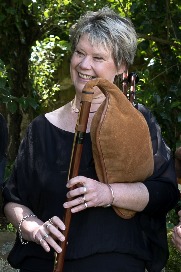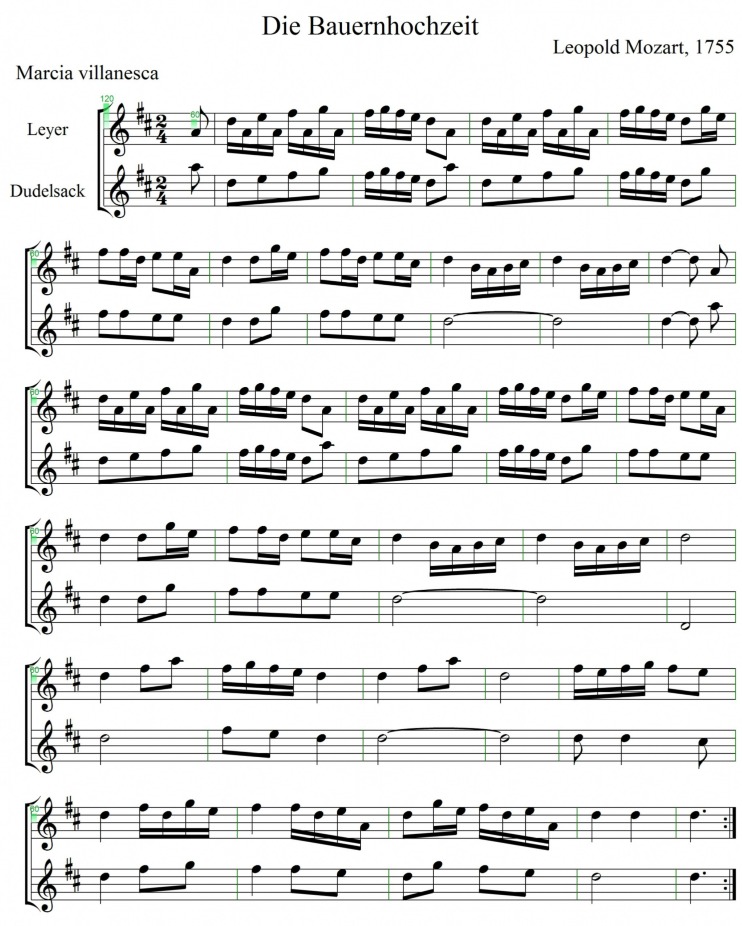The Bagpipe Society
Grace Notes

Just a few brief comments from me this quarter as there is a pretty full edition for you. My quest to explore and feature some lesser known bagpipes continues with the Lithuanian bagpipe taking centre stage. Still relatively unknown in its native homeland, its resurgence is in the hands of a very small group of people who are working hard to bring the instrument back to the fore. What is clear though is that they are not allowing themselves to get stuck in the rigid traditions of the past but looking for new and improvisational ways of playing the instrument.
Instead of a short “Tools of the Trade” article, I’m very pleased to print the story of Terry Mann’s instrument making journey. I think it is fair to say that the gestation period of Terry’s sackpipa was something of a slow burn but it serves to illustrate that one must never let go of a dream – and that the path of an instrument maker does not always follow a straight line!
Modern makers will often look back to the past in order to develop an instrument that will meet the requirements of today’s players and today’s music – aptly shown by Terry looking at an early revival säckpipa and Gvidas searching out rare surviving Lithuanian pipes. The work of researchers and organologists can be invaluable so that a lasting and accurate record can be made of historical instruments.
The boha is an instrument that has seen many changes and development in recent years and it is therefore particularly pleasing to be able to illustrate details from a collection of old examples which will serve as a record for the future. Eric, my partner, often says that one of the most dangerous places for an instrument is in a museum due to the vagaries of curators, fashions and poor storage conditions!
Dear Jane,
Not many people know that Leopold Mozart wrote for pipes and gurdy! However, the orchestral suite Die Bauernhochzeit (The Peasant Wedding) in Dmaj contains parts for horns, oboes, strings, leyer (gurdy) and dudelsack (hummelchen). The score is available on IMSLP. There are five movements: march, minuet and trio, andante, minuet and trio, and allegro, and the gurdy and pipes feature in the two trios and significant parts of the first and last movements.
Attached is my duet for gurdy and pipes extracted from the piece. I presume Leopold took some existing drone piece and used it as the basis for his orchestral setting, so just as with the Ziploi Pastorale, it’s only fair to set it free again

How to perform it? If you drop it down to Cmaj it works well on G/C instruments over a C drone. I’ve also tried it as written over a D drone, but playing the hummelchen line an octave down on D Leicesters. That way, the very high few bars for the gurdy can be dropped an octave with no ill effects.
Regards, Alan Radford
- Data Processing Notice (GDPR)
-
@BagpipeSociety on X (formally known as Twitter)
-
TheBagpipeSociety on Instagram
-
 BagpipeSociety on Facebook
BagpipeSociety on Facebook
Something wrong or missing from this page? Let us know!
